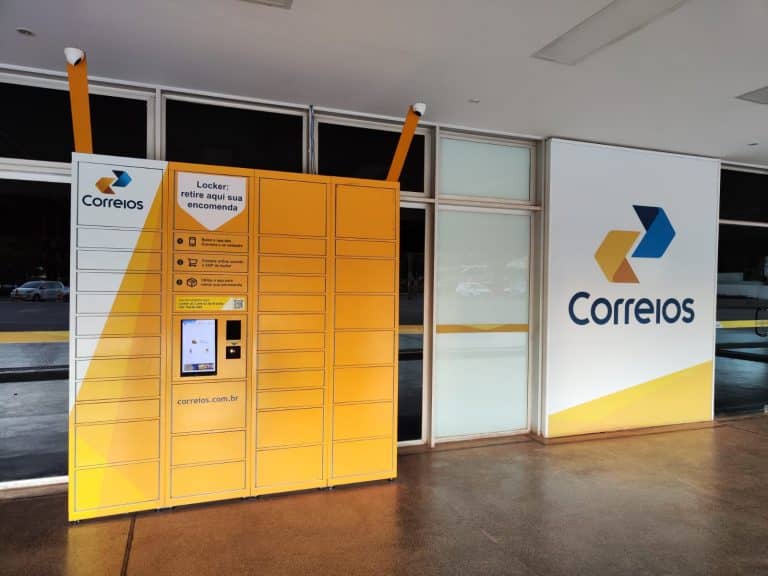A ABCasa– Brazilian Association of Home Goods, Decoration, Gifts, Household Goods, Parties, Flowers and Textiles – announces the opening of registrations for the national stage of thegia 2025 Award (Global Innovation Awards), the most renowned global award that recognizes the best brick-and-mortar stores in retail for home goods, decoration, and household utilities. Since 2018, ABCasa has been the official representative of the award in Brazil, responsible for selecting the store that will represent the country at the global stage in Chicago, USA.
gia has been a catalyst for the evolution of retail, driving not only innovation but also the integration of strategies that create authentic connections with consumers.
“The 2025 GIA Awards not only celebrate the most innovative stores in Brazil, but also boost the home and decor market by adopting more creative practices that are connected to today’s consumer. In addition to the recognition, participating in the awards means being among the best in the sector, reinforcing the commitment to excellence and opening doors to new opportunities in the national and international markets,”says Eduardo Cincinato, president of ABCasa, who highlights the importance of the award to strengthen the Brazilian market.
The integration of the physical with the digital, the way of telling stories through stores and the personalization of service are points that have been gaining more and more strength, according to judge Luciana Locchi, judge of the award and consultant specialized in retail design and visual merchandising, “The impact of the award goes beyond recognition: it inspires, connects, and opens doors. It's always good to see brands innovating, experimenting, and showing that retail can be dynamic and creative. In the end, everyone comes out ahead: the stores, the customers, and the market as a whole.“.
The registered stores will be evaluated by a jury composed of renowned professionals in the fields of retail, interior design, visual merchandising, and innovation.
The winner of the Brazilian stage will stand out both nationally and internationally and will be awarded a trip for a representative to Chicago, where they will participate in the international awards ceremony in March 2026.
This transformation is visible and essential."The Gia Award is that recognition that every retailer in the segment aspires to have. It is not just an award, but a reflection of how the industry is reinventing itself. As a judge, it is incredible to see this evolution up close and to realize how the way of selling has changed. Today, having a good product on the shelf is not enough; you need to enchant, surprise, and create experiences that make sense to the consumer," emphasizes Luciana Locchi.
gia award 2024
A IN8 Home, from Belo Horizonte (MG), was the big winner of the national stage ofgia award 2024With an innovative concept, the brand stood out for its product curation and the unique experience provided to customers.
Ana Paula Brant, CEO of IN8 Home, shares her experience:“The GIA Award is an extremely valuable recognition for Brazilian retail. Our victory showed that it is possible to combine innovation, design and customer experience in a unique way. Representing Brazil at the global stage in Chicago is a great honor and a unique opportunity to showcase the strength of our market to the world.”highlights.
How to Participate:
Interested stores in competing must have at least two years of operation in the sector, own a physical retail store in Brazil, and demonstrate excellence in innovation, design, and customer experience. Registration is free and can be done through the official website www.premiogia.com.br.
After the registration period ends, the judges conduct the evaluations, the TOP 5 finalists are announced, and in the second semester, the gala dinner with the awards takes place.











